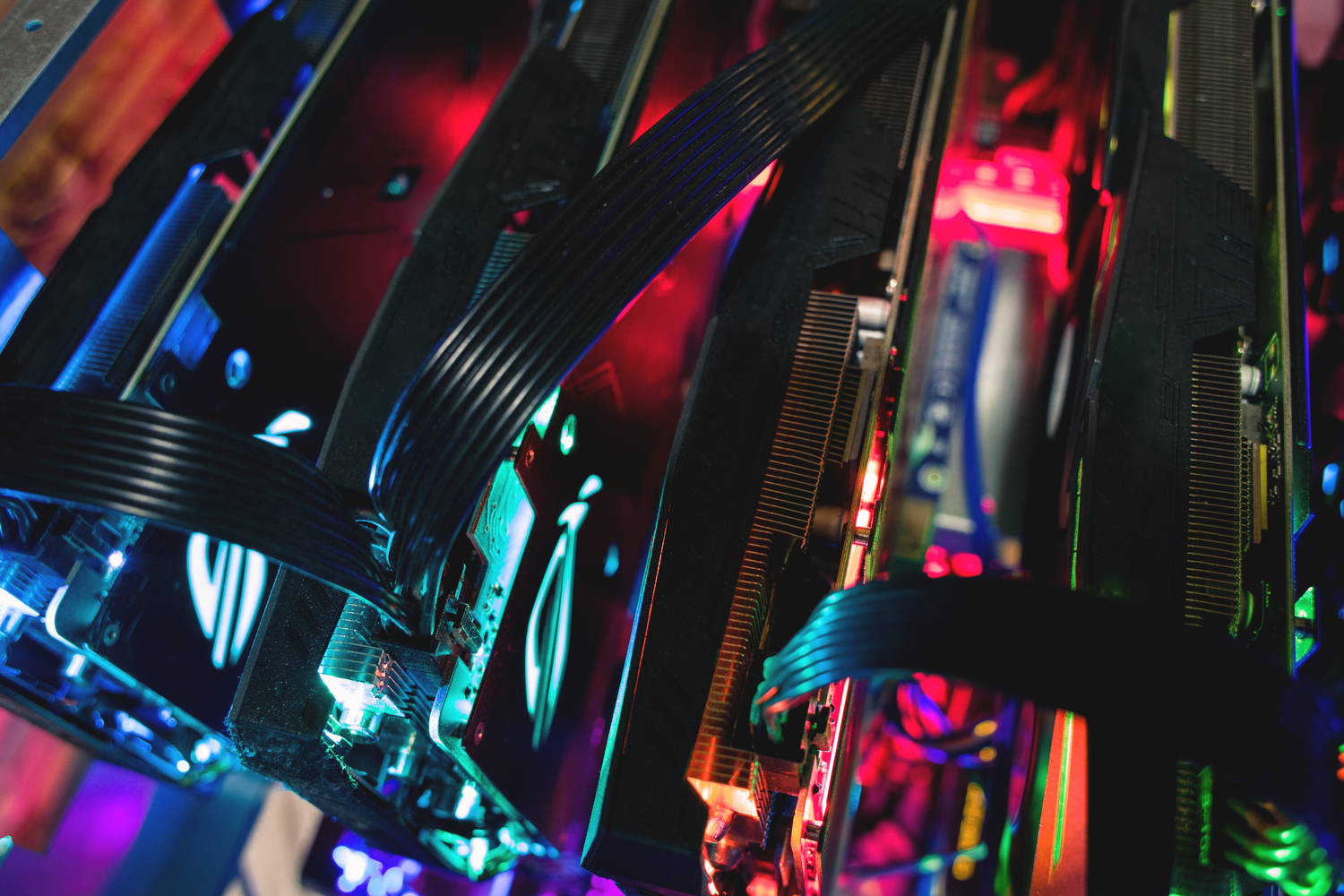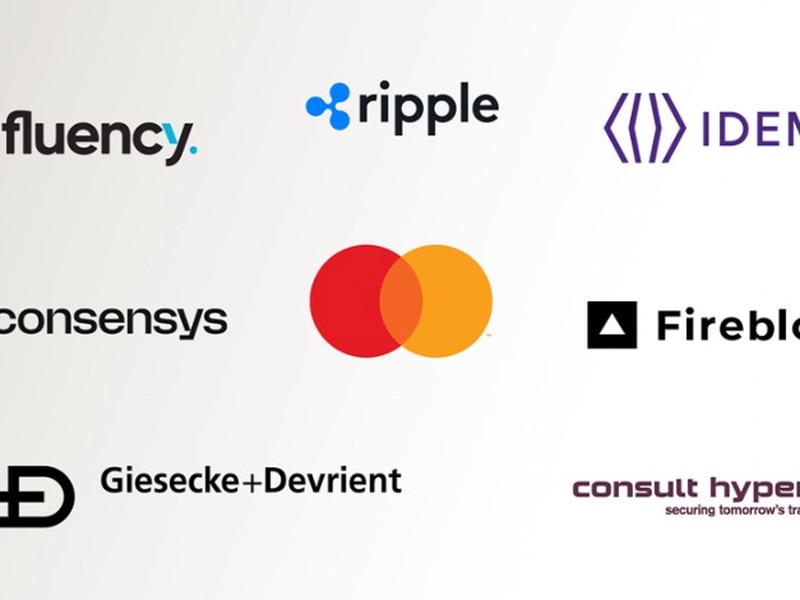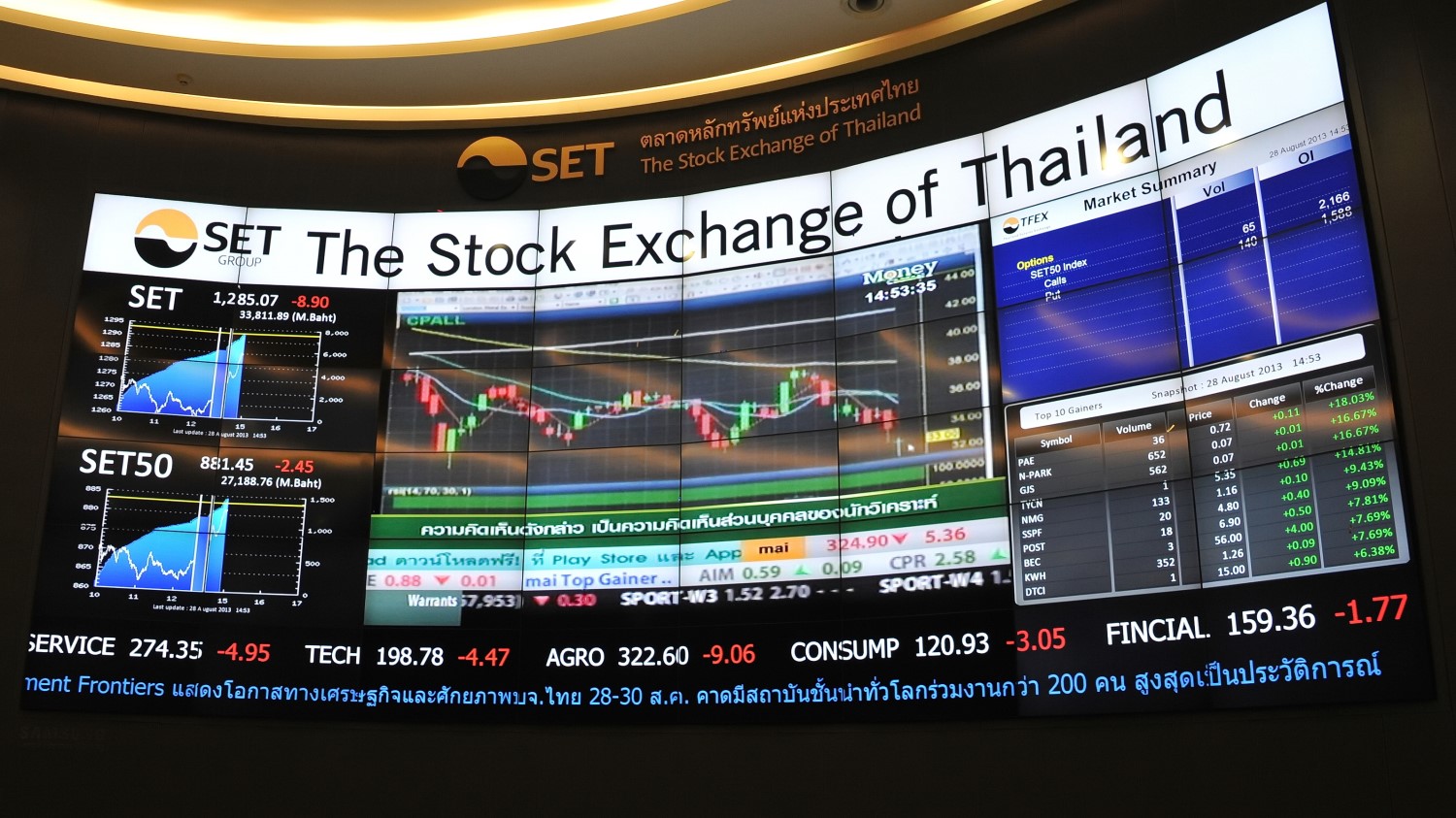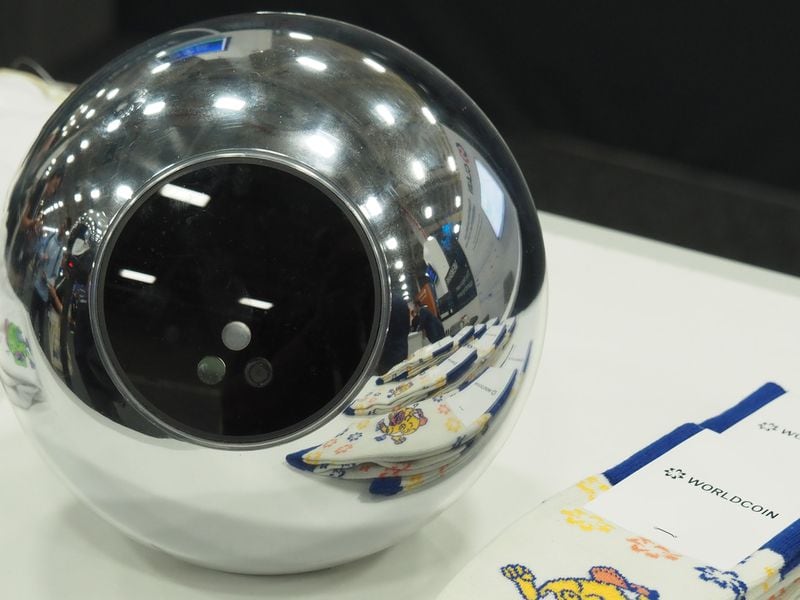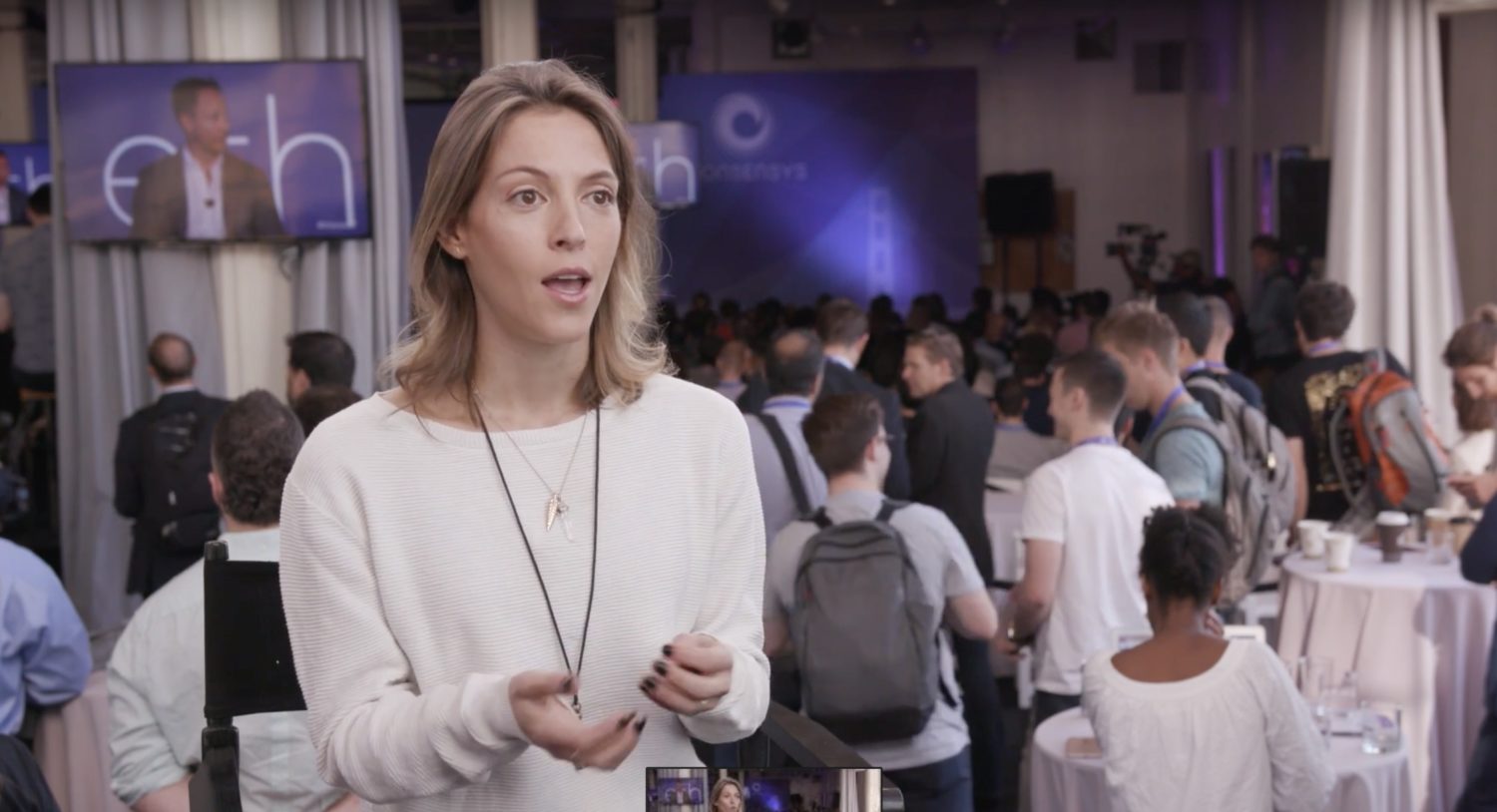The Inevitable Marriage of Yield Farming and NFTs, Explained
The Inevitable Marriage of Yield Farming and NFTs, Explained
Why is the marriage of non-fungible tokens (NFTs) and decentralized finance (DeFi) happening now? It’s debatable but you can make an argument that it comes back to DeFi’s favorite robo-advisor for yield: Yearn.Finance.
Lately, everything in DeFi seems to link back to Yearn.Finance in some way.
The excitement in DeFi has shifted to the NFT market, with something like a Weird DeFi moment getting ever weirder, as groups form up to mint rare digital artifacts to be attained in unique ways and financialize their ownership, thanks in part to picks-and-shovels work undertaken by the yeomen of online collectibles.
The plethora of strange new experiments has been led in particular by the token MEME, inspired by a tweet from ConsenSys staffer Jordan Lyall. To explain MEME, though, a lot of other developments need to be visited first.
NFT basics
Reminder: NFTs are one-of-a-kind tokens made possible by Ethereum’s ERC-721 standard. An idea pioneered by CryptoPunks, then standardized and popularized by CryptoKitties. They started much like trading cards (trading cards that could make babies, at least in CryptoKitties’ case), but they were always envisioned to have more potential than baseball cards.
Ever since Napster, ownership and rights of digitally distributed intellectual property has been a problem.
“It’s hard to own that media, but you can do it pretty cleanly using tokens,” Priyanka Desai, VP of operations at Ethereum startup OpenLaw, told CoinDesk in a phone call.
Desai’s been talking to NFT pioneers lately as she helps to put together a new decentralized autonomous organization (DAO) called Flamingo whose investors are focused on NFTs.
NFTs have not captivated investor attention until quite recently, because lending, borrowing and risk management – what we now call DeFi – has taken up all Ethereum’s oxygen in 2020. So Ethereans largely lost interest in NFTs there for a while – and who could blame them? You could buy them and sell them, and sometimes games would come together, but they seldom held players’ attention for very long. There were more dynamic markets to game; art’s fine but money is money.
Even when there had been buzz, some projects would rise up only to fade away, revealing a weakness in the NFT specification. CryptoStrikers, for example, a sports memorabilia project launched during the World Cup is long gone (soccer-focused Sorare has emerged in its wake).
Also gone: Panda Earth and CryptoJingles and more, and with them the various artworks that made NFTs more than just a weird string of numbers in an Ethereum wallet (these days, teams are using perpetual data storage solution Arweave to address the issue of NFT impermanence).
The NFT–yield farming crossover event
There has been years of fertilizer but somehow the excitement engendered this summer by yield farming has come to NFTs this fall, and so the harvest is ready.
And here’s how Yearn could have helped: When the DeFi gateway created Y.Insure, a way to do KYC-free insurance on any crypto asset, it used NFTs to represent the policy with insurers.
“Insurance policies have unique properties, so ERC-20 didn’t make sense since it needed to include covered address+amount+duration,” Yearn’s lead developer, Andre Cronje, told CoinDesk via Telegram. (ERC-20 is the token standard that launched a thousand coins.)
So, once reminded of ERC-721’s existence by DeFi’s top Chad, the industry ran with it.
Was it exactly a causal relationship? Who knows. The larger point of NFT and DeFi coming together is more about a growing mood than a clear chain of events. Weird DeFi showed how open finance could become more elfin; elves need toys; NFTs were right there.
Blockade Games is a company looking for every way it can to push the properties of tokenized game assets to their limit.
“People want to play,” Blockade CEO Marguerite deCourcelle told CoinDesk in a phone call. Also known as “Coin Artist,” she just issued her own NFT, as well.
“Crypto communities have always been trying to be games,” she said.
The financialization of NFTs
A lot of people in crypto are rich and that makes all the best stuff too expensive for the cryptoletariat.
As much as people like owning expensive stuff in crypto, they like owning stuff they can sell whenever they want even more (call it a liquidity fetish). NFTs had managed to be expensive but they had not managed to be liquid, not until DeFi-thinking intervened.
“The general trend is, ‘OK, NFTs are cool but it’s a relatively illiquid asset class compared to tokens,’” said CoinFund’s Jake Brukhman.
Brukhman has always been bullish on NFTs, never losing that focus even as other investors fully turned their attention elsewhere.
“NFTs are actually a financial asset class and they need financial infrastructure,” Brukhman said.
The stranger products are emergent phenomena of that financialization. Brukhman gave the example of Ark Gallery, which is a DAO for CryptoPunks. The punks were made pre-ERC-721 and have become quite valuable as early, cool and rare (there are only 10,000 such punks, each completely distinct). Ark allows people to crowdfund a punk (owning a fraction of the token) and then voting on whether or not to sell it if there’s an offer.
If there is a successful offer, everyone gets a proportionate share of the payment, based on how much they own. This has made CryptoPunks trade at ever-higher prices, allowing more people to feel like they had a piece of one. It’s clear that the spikes in volume have gone much higher this year when viewed on NFT data site NonFungible.com.
NIFTEX has taken that even further. Launched early this year with funding from Digital Currency Group (CoinDesk’s parent company), NIFTEX started off creating indices for NFTs, such as digital real estate or digital cards. But the real innovation kicked off when the firm fractionalized expensive NFTs into what it calls shards (really, just ERC-20 tokens – fungible slivers of previously singular digital assets).
The shard system works somewhat like what Ark Gallery does, except only someone who holds one of the ERC-20 tokens that represents partial ownership of an item can make an offer. The offer automatically succeeds if it fails to receive enough objections in two weeks, with a clever strategy built in to punish low-ball bids.
NIFTEX did its first fractionalization in May and, like Ark, the firm is seeing a lot more liquidity. Shard holders own a fractionalized, extremely rare Axie Infinity card called Almace that saw over 1,000 ETH transacted in its first week after sharding. Joel Hubert, one of the two co-founders, estimated its liquidity all year would have been more like 300 or 400 ETH in a few trades, without sharding.
On NonFungible, Axie Infinity shows appreciably more dollars getting transacted even if the volumes are only bumped up slightly.
“I like where we’re at because Ethereum is all about experimentation,” Hubert said.
The larger point to all of this is that content is finding a path to fair remuneration on the internet.
Added Flamingo’s Desai, “When you start talking about how content creators are paid, that’s where DeFi comes in; and when you start talking about property of creators, that’s all NFTs.”
NFT mining
For her personal NFT, deCourcelle used NIFTEX to sell off a portion of her shards, into tokens called COIN. She said she wants people to see it as “play money.”
“First thing we’re doing is the most basic sort of farm,” she said, driving home the intended playfulness. COIN holders who add to the Uniswap pool can stake their liquidity provider (LP) tokens and earn another token, CRED, which will offer advantages in Blockade’s games, as well as additional COIN.
Rewarding liquidity with a fresh new token is a particular kind of yield farming: liquidity mining.
Of course, that’s not the only or first mining in the digital property space, and mining is what this whole story is about: DeFi and NFTs merging to create weird new forms of yield that get the imaginations of investors and BUIDLers firing.
The pioneer in the NFT mining industry was arguably Rarible, a marketplace and minter. It growth-hacked its user base by airdropping RARI tokens to anyone that had transacted in a respectable amount of NFTs. It was a governance token that it used to turn its marketplace into a DAO.
Rarible further rewarded users for transactions on the platform, which has generated a substantial amount of questionable volume, but also has helped persuade creators that the additional benefit to transacting there makes it an advantageous place to list work, Brukhman said.
So now NFT fans have fractional ownership, auctions, sales platforms: all the things that seem like normal, natural pieces of the puzzle for setting up a dynamic market.
But the buzz stems from the fact that stranger things are getting built.
Bold experiments
First off, there’s Aavegotchi, a small startup with funding from the money market Aave, among others. Aavegotchi has a clever variable rarity structure described well in a recent report by Delphi Digital.
In short, Aavegotchis are little playable avatars that can be used in the game world the company is building, both as protocol governance and to play actual games. There’s a lot of ways they can change and be upgraded (called “rarity farming”), but if too many players “improve” their character in the same way, it can effectively lose rarity.
Like in the DeFi game Based.Money, it’s all about guessing how other players will move.
What’s really interesting about Aavegotchi, however, is this: Every character represents a real stake on Aave. The owner can liquidate the stake at any time, but their Aavegotchi will disappear. So it’s a test to see what happens to playability when characters have real value above and beyond their gaming value.
For Blockade CEO deCourcelle, this linkage makes complete sense; DeFi will always look like a shell game until it’s financing things of real value, stuff someone would just buy because they want it.
Are people going to do that with their houses or will they do it maybe with fun digital stuff first?
“All these DeFi projects are looking for the core economic leap for all of these microeconomies,” she argued. “As a game developer, you have already designed an economic loop that’s valuable.”
Don’t Buy $MEME
But the real experiment is MEME.
As noted, MEME started with a jest from Lyall. One of MEME’s insiders (a so-called “Citadel” member) is Jackson (who sticks to one name and is also on the team making the payments platform Flexa).
He made a bold case for MEME to CoinDesk in a phone call, saying:
“The project is on a roll where the whole NFT/DEFI narrative is kind of tied to MEME and kind of leading the pack.”
Folks in Lyall’s cohort got interested in his humorous nudge, a Telegram group formed and a stranger spun up the code to make the MEME token.
“It was like: What can we build?” Jackson said.
He describes himself as someone who typically sticks to projects that make sense to him, where the business case is easy to see. MEME has felt completely different, he said. It’s been more like a vibe and a crew first, with purpose coming later.
This is much like what DeFi Pulse’s Scott Lewis argued about the vegetable tokens of distant early September, saying that the future may be defined by groups first galvanized by an image, only to decide what to do together later.
“I, daily, deeply contemplate what I’m learning from this,” Jackson said of MEME.
For now, Lyall told CoinDesk over Telegram, MEME is just paying cool artists (largely out of pocket) to make compelling NFTs and giving people a way to buy them – by locking up MEME and earning points in the MEME system (they aren’t really tokens because they aren’t tradeable so far).
If people like the images locked onto MEME’s NFTs, they might want to figure out how to own them. “Relative to the other hot projects in DeFi, we’re a lot more accessible,” Jackson said.
That’s something everyone we spoke with pointed out: People get content, whether it’s stuff for video games, art, music or literature. People have made NFTs of a lot of weird stuff.
“This is the media art bent to what’s happening in DeFi,” Desai said.
MEME is doing something that has yet to be seen in the crypto space: testing a product first, then sorting out the business plan later if they see traction. It’s an old script in Silicon Valley, but in crypto, everything credible has largely needed to make sense as a business upfront, the only question being whether people would come.
And MEME won’t be the last. A different cohort of crypto luminaries tried to imitate MEME with FEW but that ended in a shillacious disaster. ROPE still lingers out there, and it’s not clear what that is, besides leaning more on a 4chan aesthetic.
And, off in the background, there is SHROOM, which has been perhaps the least explicative. Its sole blog post mentions a decentralized exchange or DEX, though, which could be a hint. A market with puzzles wired in could be the trick, and that could be what NFTs meeting DeFi unlocks.
“NFTs, just as art? The value proposition is a little. But once you have a game? The value is inherent to the game,” deCourcelle said.

